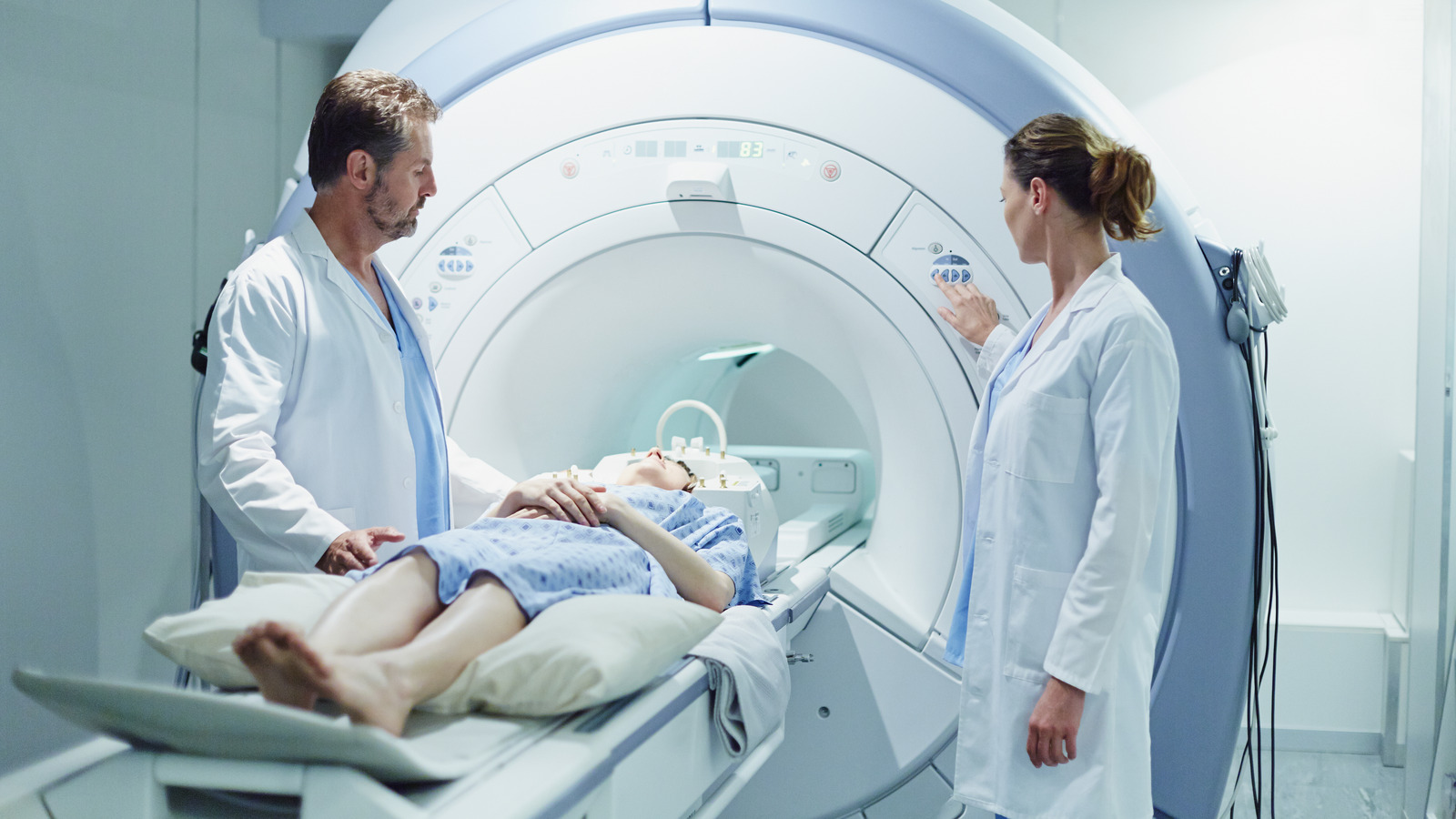The MRI Machine Is An Engineering Marvel That Continues To Evolve – SlashGear

X-ray machines, in comparison, are rather less complex. Here, X-ray radiation is passed through the body, and the degree to which internal structures absorb them affects how clear different elements of the resultant image are (which is why bones are so prominent in X-rays). MRI scans don’t use any such radiation, and by their very nature, are particularly sophisticated.
They provide a clearer view of the brain and other delicate elements like the nervous system than other diagnostic options like X-rays can offer, and though there are concerns such as the noise level (as intense as 120 decibels in some cases) and the strength of the magnets, these can generally be controlled and mitigated.
It was Doctor Raymond Damadian who performed the first MRI scan on a human. Using rats as case studies, he found that nuclear magnetic resonance could be used to detect cancer cells because they didn’t react as quickly, and so appeared differently, on being scanned. Equipped with this knowledge and seeing the life-saving potential of such a device in a medical setting, he patented the notion of an MRI machine in 1974. Three years later, colleague Larry Minkoff was the subject of the first such scan. The doctor’s debut device was named Indomitable. The next year, his FONAR corporation began developing and selling more MRI machines.
For all the latest Gaming News Click Here
For the latest news and updates, follow us on Google News.

